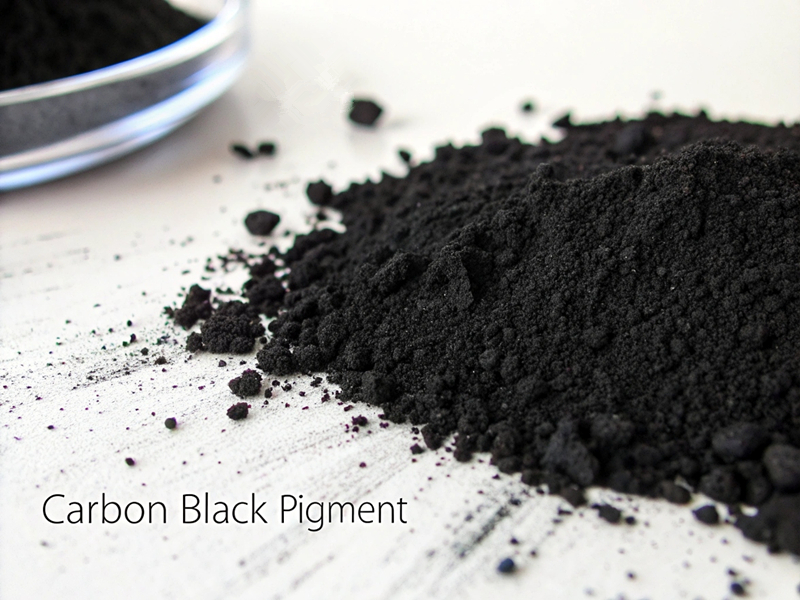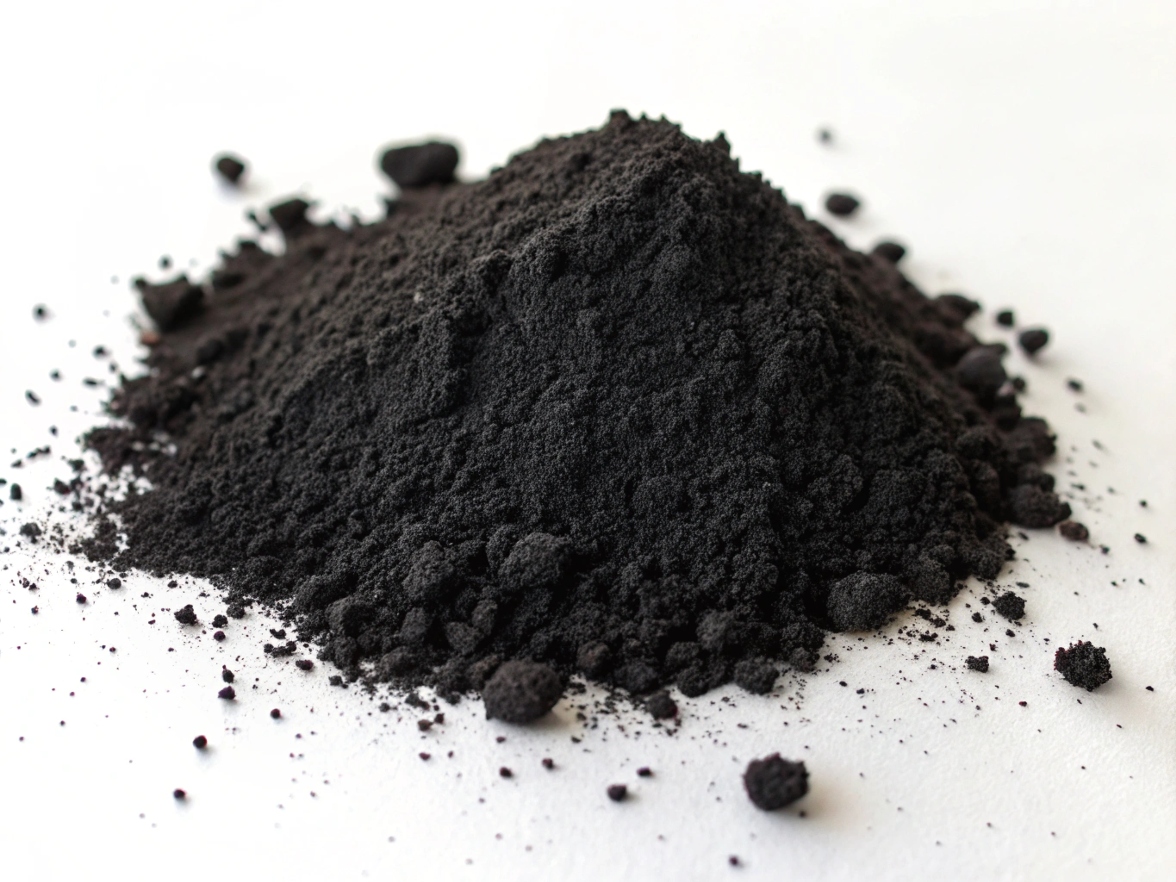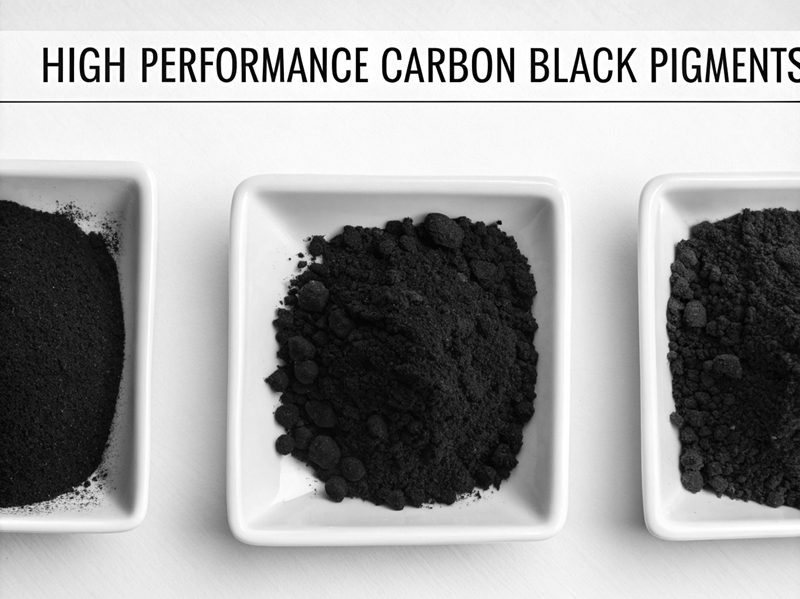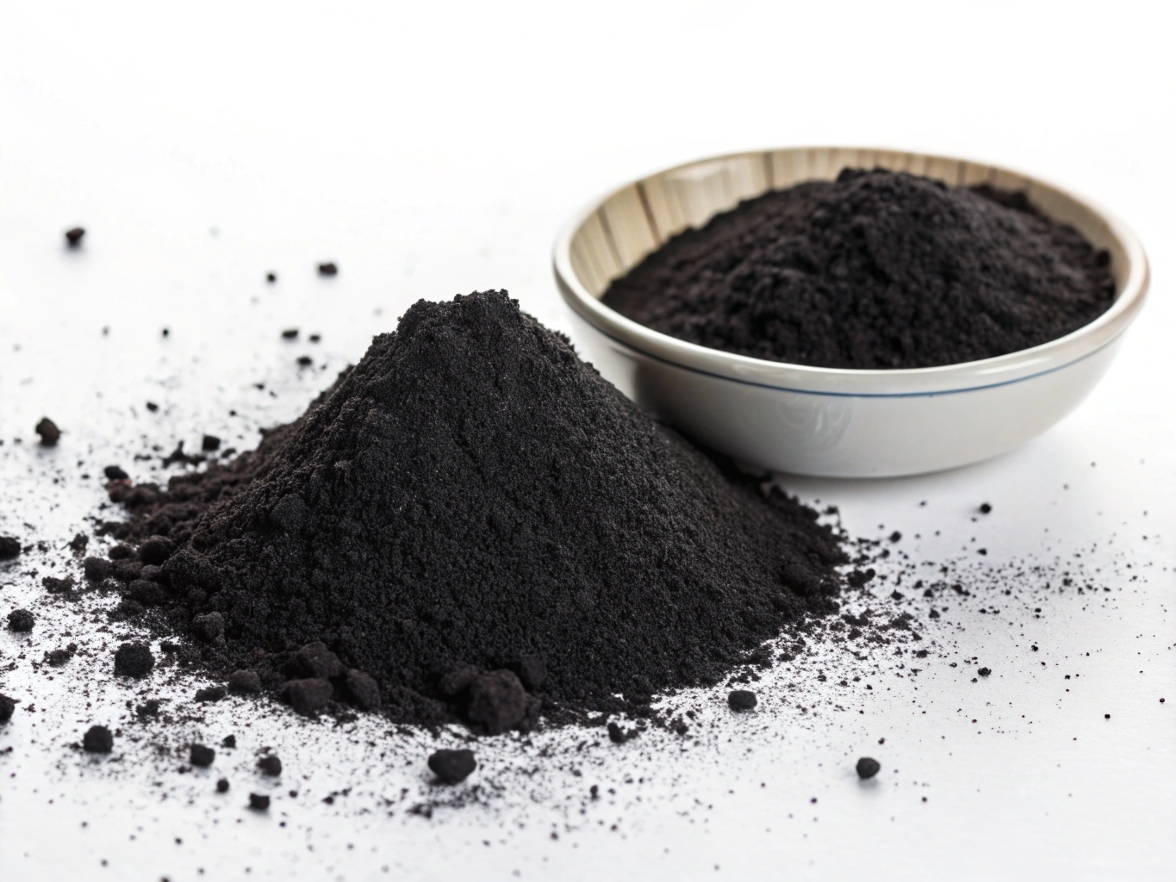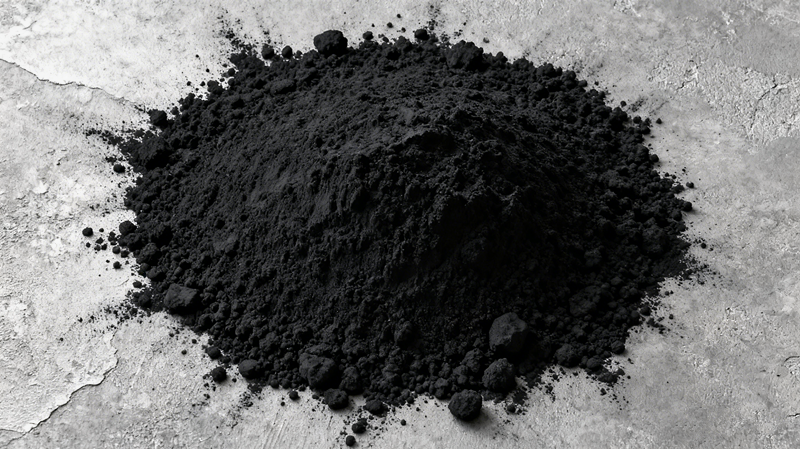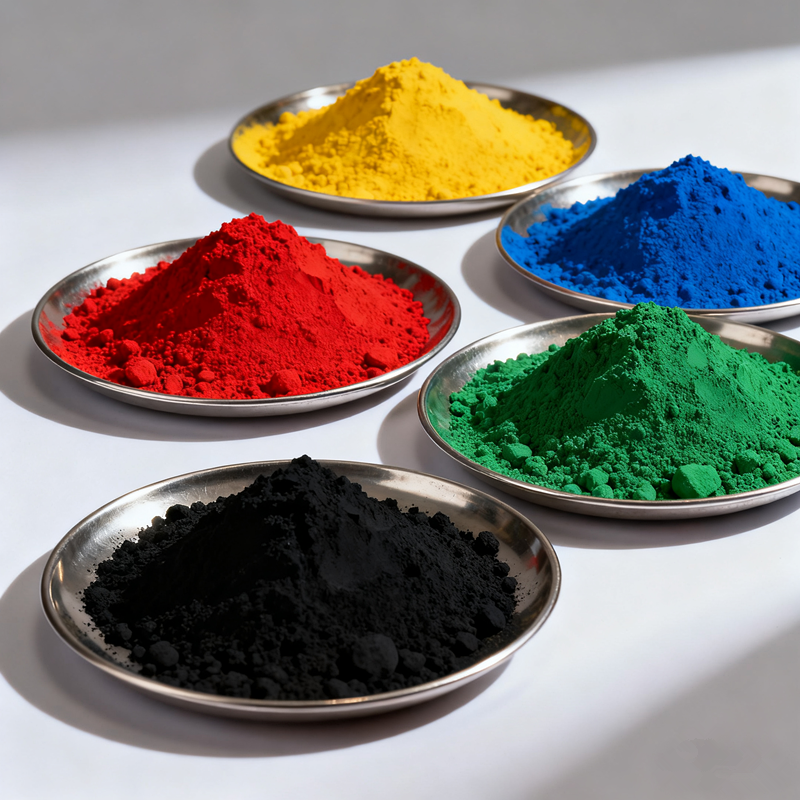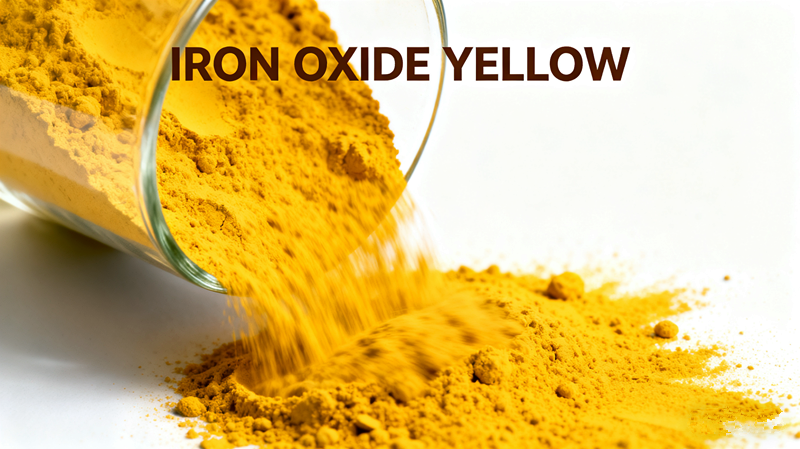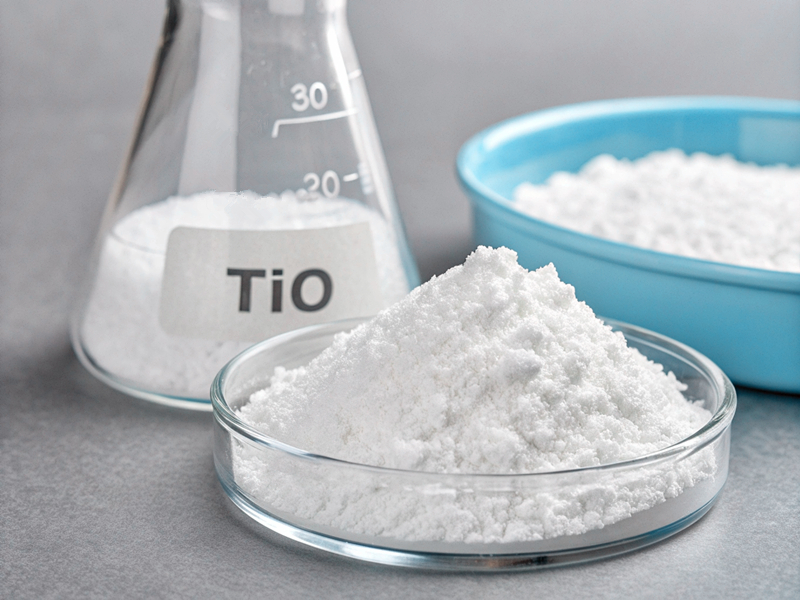Concrete structures often face challenges like cracking, corrosion, and environmental degradation. Integrating carbon black1 into concrete mixes offers a promising solution to enhance durability and performance.
Carbon black significantly improves concrete's strength, durability, and resistance to environmental factors, making it an invaluable additive in modern construction.
By incorporating carbon black1, we can achieve concrete structures that are not only stronger but also more resilient to harsh conditions, ensuring longevity and reduced maintenance costs.
How Does Carbon Black Enhance Concrete Strength?
Cracking and structural failures are common issues in concrete applications. Carbon black addresses these problems by reinforcing the concrete matrix.
Adding carbon black to concrete enhances its compressive and flexural strength2, leading to more robust and durable structures.
Research indicates that incorporating carbon black into concrete mixes can increase compressive strength by up to 8.68% and flexural strength2 by approximately 10.6%. This enhancement is attributed to the densification of the transition zone between the cement paste and aggregates, resulting in a more cohesive and resilient structure.
Impact of Carbon Black on Concrete Strength
| Carbon Black Content (%) | Compressive Strength Increase (%) |
|---|---|
| 2 | +2.56 |
| 5 | +7.33 |
| 8 | +8.68 |
| 10 | -12.09 |
| 12 | -23.88 |
Optimal performance is typically achieved at 5–8% content.
What Role Does Carbon Black Play in Enhancing Durability?
Concrete structures are susceptible to environmental factors like moisture and chemical attacks, leading to deterioration over time. Carbon black contributes to durability by reducing permeability and enhancing resistance to such factors.
Incorporating carbon black into concrete reduces water permeability and enhances resistance to chemical attacks, thereby extending the structure's lifespan.
Concrete mixes with carbon black exhibit significantly lower chloride ion permeability compared to traditional mixes. This reduction minimizes the ingress of harmful substances, protecting the reinforcing steel from corrosion and extending the service life of the structure.
Key Benefits:
- Reduced Water Permeability: Limits moisture ingress, preventing freeze-thaw damage.
- Enhanced Chemical Resistance: Protects against aggressive agents like chlorides and sulfates.
- Improved Freeze-Thaw Resistance: Maintains structural integrity in fluctuating temperatures.
How Does Carbon Black Contribute to Sustainability?
The construction industry is under pressure to reduce its carbon footprint. Carbon black offers a sustainable alternative by enabling the production of carbon-negative concrete.
Utilizing carbon black in concrete mixes can lead to a negative carbon footprint, contributing to more sustainable construction practices.
Innovations have led to concrete that incorporates carbon black sequestered from CO₂, resulting in a negative carbon footprint ranging from -0.1 to -0.3 kg CO₂ eq./kg material. This approach not only reduces greenhouse gas emissions but also promotes the use of recycled materials.
Environmental Advantages:
- Carbon Sequestration: Locks away CO₂ within the concrete matrix.
- Reduced Cement Usage: Partially replaces cement, lowering overall emissions.
- Recyclability: Enhances the potential for recycling concrete materials.
Can Carbon Black Improve Concrete's Electrical Properties?
Traditional concrete lacks electrical conductivity3, limiting its applications in smart infrastructure. Carbon black introduces conductive properties, opening new possibilities.
Incorporating carbon black imparts electrical conductivity3 to concrete, enabling applications like self-heating and structural health monitoring.
Carbon black allows concrete to conduct electricity, enabling self-sensing structures that monitor their own condition. This is beneficial for infrastructure requiring real-time monitoring, like bridges and high-rise buildings.
Applications:
- Self-Healing Concrete: Detects and responds to micro-cracks.
- De-Icing Systems: Conductive concrete melts snow on pavements and runways.
- Structural Health Monitoring: Provides real-time data on internal stress and strain.
How Does Carbon Black Affect the Aesthetic and Functional Qualities of Concrete?
Beyond structural benefits, carbon black enhances the visual appeal and functional properties of concrete surfaces.
Carbon black imparts a rich, uniform color to concrete and improves surface hardness, leading to aesthetically pleasing and durable finishes.
The deep black pigmentation from carbon black gives designers more freedom in architectural finishes. The increased surface hardness also improves abrasion resistance, making it suitable for areas with heavy foot or equipment traffic.
Aesthetic and Functional Enhancements:
- Uniform Coloration: Provides consistent and deep pigmentation.
- Enhanced Surface Hardness: Improves resistance to abrasion and wear.
- UV Resistance: Protects against discoloration from sunlight.
Conclusion
At XT, we recognize the growing importance of high-performance pigments like carbon black in today's construction landscape. Although our core strength lies in the manufacturing and supply of high-quality iron oxide pigments, our mission is to make knowledge about all inorganic pigments — including carbon black — accessible to professionals worldwide. Whether you're sourcing materials for concrete, bricks, or coatings, we are here to support your journey with expert insights and dependable solutions.
👉 Learn more about pigment innovations at www.xtpigment.com
📩 Contact me, Joanna, at info@xtpigment.com — I'm happy to help you find the best solutions for your business.
-
Explore how carbon black enhances concrete's strength and durability, making it a vital additive for modern construction. ↩ ↩
-
Learn about flexural strength to appreciate its role in the performance and safety of concrete structures. ↩ ↩
-
Understanding the significance of electrical conductivity can help you grasp its role in advancing smart infrastructure technologies. ↩ ↩


